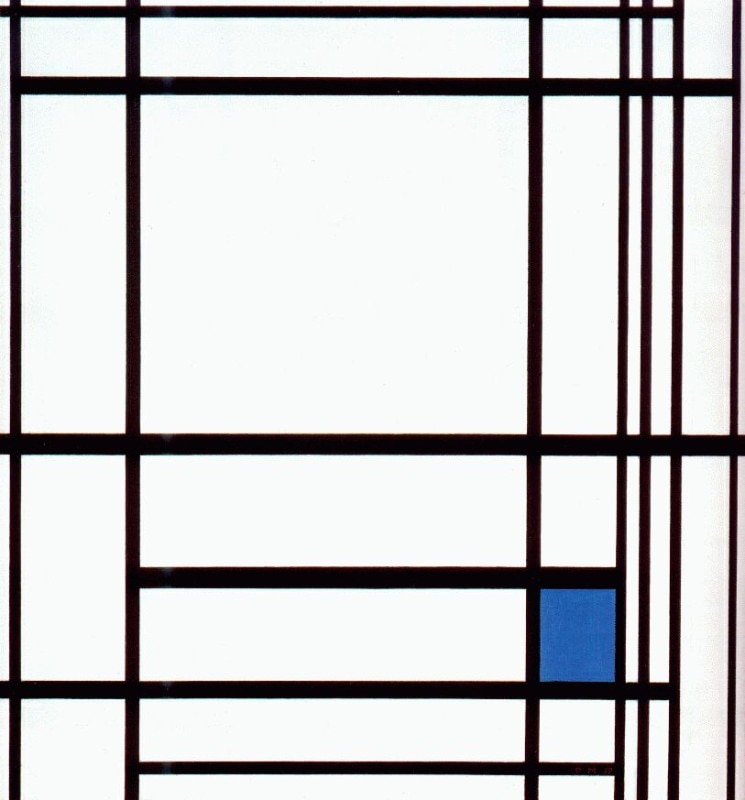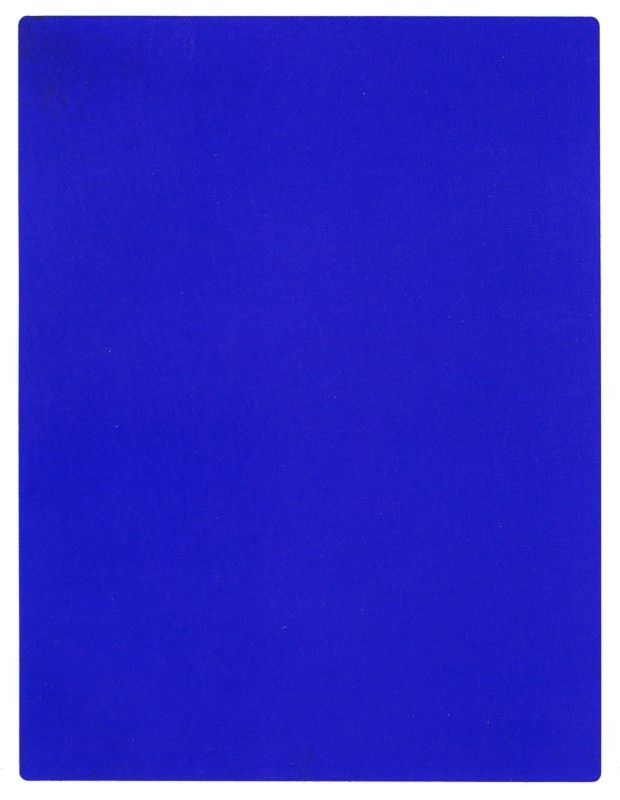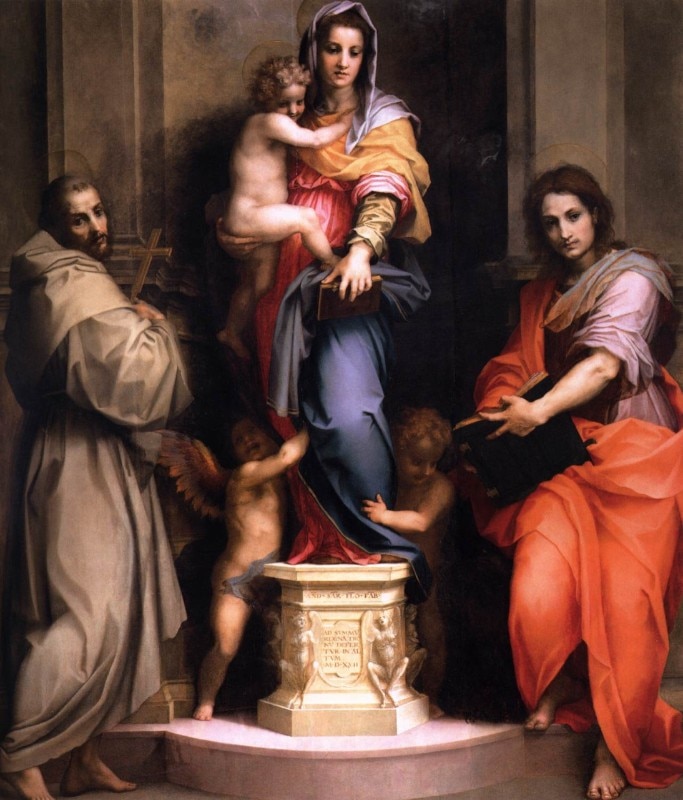A few years ago, the Washington Post highlighted that blue is the favourite colour of most men and women. The Internet is basically blue. Just think of Facebook, Twitter, LinkedIn, Domus’ logo... it probably isn’t a coordinated choice, but rather a random one.
In paintings, blue is the most majestic of the new pigments – we say “new” because in fact there’s no trace of this colour in cave paintings, it is not mentioned in the Bible, and Homer doesn’t use it in the Iliad and the Odyssey – while he mentions white, black, more rarely red, yellow and green, and even the colour of the sea which is described as “as dark as wine”.
Made from the stone lapis lazuli through a complicated process, blue became a very expensive and therefore highly valued pigment. In 1464, Filarete wrote in his Treatise on Architecture: “Fine blue is derived from a stone and comes from across the seas and so is called ultramarine”. Blue doesn’t only derive from lapis lazuli: a less expensive, but far from cheap, blue was obtained from azurite, which was much used by western artists, since deposits of that stone were also found in France, Spain and Germany. For example, Dürer relied on azurite to make blue. But what is so special about this colour that it has always fascinated so many people? According to Wassily Kandinsky, “The power of profound meaning is found in blue… Blue is the typical heavenly color. The ultimate feeling it creates is one of rest”. Picasso’s ‘blue period’, on the other hand, coincides with the years of poverty spent in Paris, and blue becomes a way of expressing a feeling: “I started painting in blue when I learned of Casagemas’s death”. In fact, he started his monochromatic production with the painting that depicts his friend in a coffin. However, even before the blue we know today, we have the exuberant blue used by Titian, as we can see in Bacchus and Ariadne or in the omnipotence of the Virgin’s blue dress in the many paintings by Sassoferrato, Flemish painter Rogier van der Weyden, and many more.
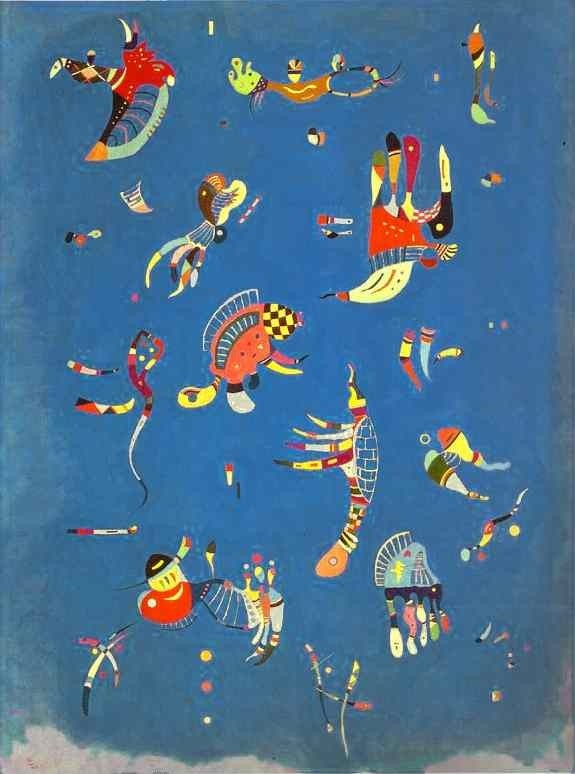
Blue was symbol and substance. Using blue not only meant showing off wealth, but especially in medieval works, it served to give virtue to the painting. The use of ultramarine could be stipulated in the contract to emphasise the devotion and merits of the patron and to express, at the same time, due reverence. We can see, for example, that in the contract for the Madonna of the Harpies (1515) by Andrea del Sarto, it was required that the Virgin’s dress be rendered in ultramarine blue costing “at least five broad florins the ounce”. The blue dress of the mother of Jesus became a convention that continued even after the Renaissance for a profane reason, although art critics disagreed. According to them, in works depicting the Virgin, blue was chosen for symbolic reasons: the colour was celestial, spiritual, denoting humility and other virtues.
“One morning, one of us ran out of the black, it was the birth of Impressionism”. Pierre-Auguste Renoir’s words show us how this colour continued to dominate the history of art, especially when it comes to a group of artists who painted exclusively en plein air. Blue can be found in the sky, in the water and in everything that is linked to nature, and the artist tries to savour the taste and texture of it by painting outdoors. Colour was used in a revolutionary way, colours were combined without first being mixed, thanks also to the invention of tubes, which made painting much simpler, quicker and above all cheaper.
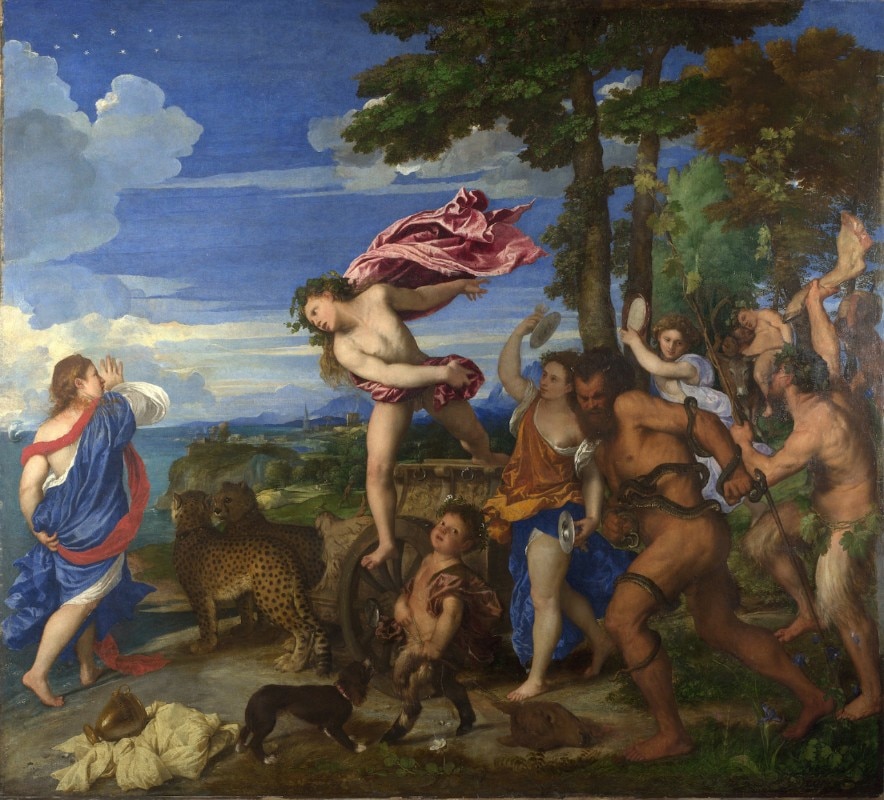
In the 20th century, blue was the colour that generally represented males, while pink was for females. In ancient times, however, it was completely different. Red, bright and fierce and reminiscent of the colour of blood, was the colour of men, while blue was for women, probably because of the history of the blue mantle of the Virgin. This tendency to use blue and pink was born in the early 1950s in America, essentially for marketing reasons, as distinguishing the sexes through colours made it easier to sell clothes and toys.
Blue blood. Here again we use the colour blue as a metaphor for wealth, although in reality this expression has a completely different origin. In fact, it comes from the Spanish expression sangre azul – the pale skin of the aristocrats, who did not have to work in the sun, basically allowed their blood vessels to show through their skin in blue color. Blue is therefore a rich colour that comes to us from the past in all its elegance, mystery and seductiveness.
“Blue. This colour has a peculiar and almost indescribable effect on the eye. Its appearance, then, is a kind of contradiction between excitement and repose”. Johann Wolfgang von Goethe.




